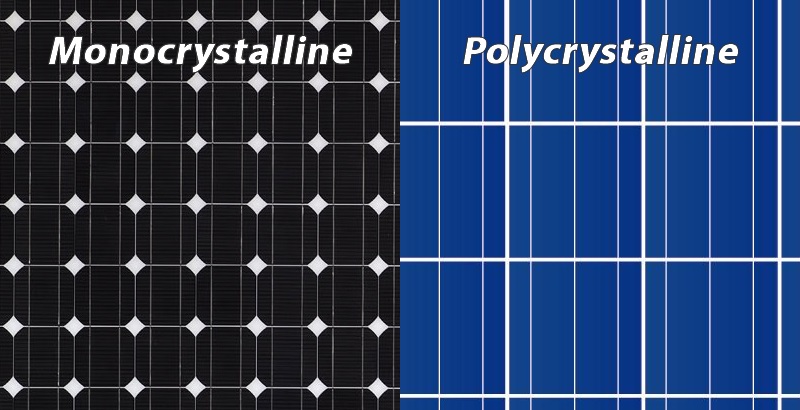Solar PV research aims to achieve ultra-high efficient solar cells through advanced materials with new conversion processes.
PV systems directly convert solar energy into electricity. The basic building block of a PV system is the PV cell, which is a semiconductor device that converts solar energy into direct-current (DC) electricity. PV cells are interconnected to form a PV module, typically up to 50-200 Watts(W).
The PV modules combined with a set of additional application-dependent system components (e.g. inverters, batteries, electrical components, and mounting systems), form a PV system. PV systems are highly modular, i.e. modules can be linked together to provide power ranging from a few watts to tens of megawatts (MW).
Lets discuss some of the modules and their market share distribution:
(I) Crystalline silicon (c-Si) modules are made up of traditional solar cells which are flat-plate and generally–are the most efficient. They represent 85-90% of the global annual market today. There are basically two main types of crystalline silicon modules; single crystalline (sc-Si) and multi-crystalline (mc-Si).
(II) Thin films are made up of second-generation solar cells because they are made from amorphous silicon or non-silicon materials such as cadmium telluride.
Thin film solar cells use layers of semiconductor materials only a few micrometers thick. Because of their flexibility, thin film solar cells can double as rooftop shingles and tiles, building facades, or the glazing for skylights.
Thin films currently account for 10% to 15% of global PV module sales.
There are three main categories of thin films: amorphous (a-Si) and micromorph silicon (a-Si/µc-Si), Cadmium-Telluride (CdTe), and Copper-Indium-Diselenide (CIS) and Copper-Indium-Gallium-Diselenide (CIGS).
Recent developments suggest that thin-film crystalline silicon (especially micro-crystalline silicon) is becoming a prime candidate for future PV applications.
Emerging technologies are focusing on producing third-generation solar cells which encompass advanced thin films and organic cells. The latter are about to enter the market via niche applications.
Third-generation solar cells are being made from a variety of new materials besides silicon, including solar inks using conventional printing press technologies, solar dyes, and conductive plastics.
Some new solar cells use plastic lenses or mirrors to concentrate sunlight onto a very small piece of high efficiency PV material. The said PV material is more expensive, but because so little is needed, these systems are becoming cost effective for use by utilities and industry. However, because the lenses must be pointed at the sun, the use of concentrating collectors is limited to the sunniest parts of the country.
This article has been adapted from literature on the U.S. Department of Energy’s “National Renewable Energy Laboratory” (NREL) website, and from the publication “Technology Roadmap – Solar Photovoltaic Energy” by the International Energy Agency.













Comments